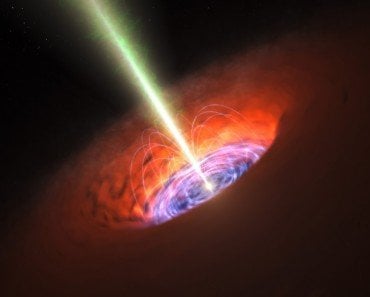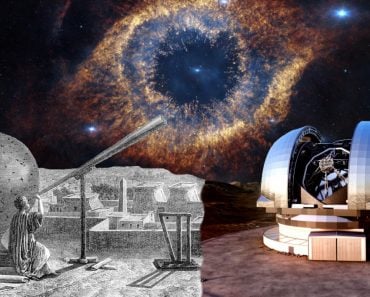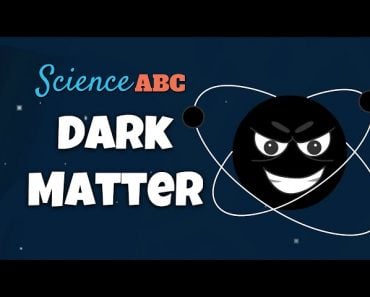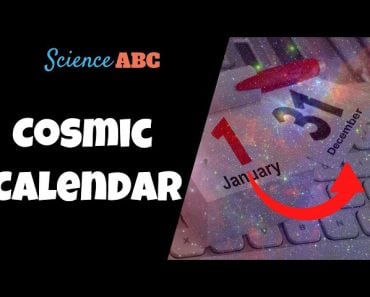Table of Contents (click to expand)
The Big Bang Theory is the prevailing theory in most scientific and academic circles because it explains the vast majority of observed phenomena in space. Scientists have discovered evidence of the Big Bang by looking at the pattern of movement of distant galaxies and stars and by detecting the Cosmic Microwave Background. Additionally, the theory of cosmic inflation and the existence of gravitational waves support the Big Bang Theory.
There are few things in life that stimulate more curiosity and fascination than the vast expanse of the universe, and throughout history, everyone from religious scholars and revolutionary thinkers to modern authors and astronauts have tried to explain where everything truly came from.
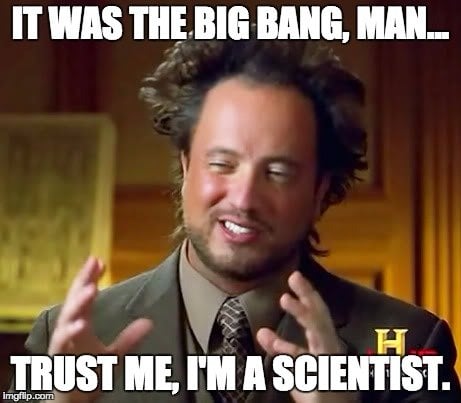
The predominant theory in most scientific and academic circles is the Big Bang, and given the mounting evidence for that incredible event, many people no longer consider it a theory. However, if no one was alive 14 billion years ago, how do we know if the Big Bang really happened?
Recommended Video for you:
The Big Bang Theory: A Brief Review
To put it simply, the Big Bang theory suggests that we live in a perpetually expanding universe that is approximately 14 billion years old, and in the first moments of existence, all of the matter in the universe burst forth from an infinitely dense point called a singularity. This matter (subatomic particles) was formed in the first microseconds of the universe, and took hundreds of thousands of years to coalesce as it expanded outwards. Those subatomic particles formed protons, which bound due to gravity to form simple elements, and eventually stars, galaxies, asteroids, nebulae, moons, trees, rivers, and every other piece of matter in the universe.

The term Big Bang was first used in a 1949 radio broadcast, and was initially meant as a critique of the theory (the speaker disagreed with the “Big Bang” concept, instead preferring the Steady State theory of the universe). However, observable evidence of the Big Bang was detected decades earlier, and also popularized by geniuses like Albert Einstein. It has become the prevailing theory in the astronomical community, because it explains the vast majority of observed phenomena in space.
But How Do We REALLY Know?
The Universe Keeps Getting Bigger
At times, science must work backwards, developing theories to explain observations, rather than making hypotheses and testing them. The Big Bang is a perfect example of this. When we look at distant galaxies and stars in our universe, a peculiar pattern emerges – they are all moving away from us. This gives rise to the belief that we are in a continually expanding universe, and when you wind the clock back as far as “time” will go, it would suggest that everything began from a single point and has been expanding outwards since that singular moment (the Big Bang).

We know that nearly everything in the universe is moving away from us due to the predominant “red shift” of those celestial objects. Essentially, when an object is moving away from us (the observer), the light waves we detect are more stretched out, making them more red in color, rather than more blue when an object is moving towards us.
The Cosmic Microwave Background
When human beings think of light, it is a rather narrow conception, because visible light is such a small fraction of the full light spectrum. However, other forms of light, such as X-rays, infrared light and microwaves are extremely important for astronomers and scientists to examine the universe and learn more about its history.

At the moment of the Big Bang, an incredible amount of energy and matter was released, filling up the entire universe (which was initially tiny) with light. For the past 13.8 billion years, give or take, that light has continued to expand and spread out, which has filled up the universe in a uniform way. Normally, when we detect light, we can establish a red or blue shift (as explained above), because it comes from a set source. However, we can detect microwaves that are of equal intensity and emanate from every direction, suggesting that they have been around since the very beginning. Scientists have aptly named this the “Cosmic Microwave Background”.
Cosmic Inflation And Gravitational Waves
Immediately following the Big Bang, a period called “cosmic inflation” is theorized to have occurred. During this period of the universe’s history, gravitational waves and density waves were created. Those gravitational waves have come into the spotlight in recent months, since they were first tangibly detected by LIGO on September 24th, 2015 (Read more about this incredible discovery here.)
Gravitational waves are essentially ripples in the fabric of space-time, and are a key component to Einstein’s theory of special relativity. As our ability to detect gravitational waves improves, it may be possible to detect existing waves from the seconds immediately following the Big Bang. In other words, our observations and evidence continue to mount in support of the Big Bang theory.
The Maturation Of The Universe
Present theory argues that the earliest galaxies formed roughly 1 billion years after the Big Bang, and since then, the maturation of galaxies and nebulae has led to galaxy cluster and larger stellar formations. Over time, stars and entire galaxies die and burn out, but their remnants can still be detected. When we observe much older areas of the universe, we see fundamental differences between those ancient galaxies and those that are “younger”, relatively speaking.

This suggests that the universe is still maturing and changing, and looking back towards the Big Bang years is like flipping back through a yearbook, where the changes in physical appearance over time are very clear.
Are There Any Mysteries Left?
While many of the observations and discoveries over the past century have helped support the Big Bang Theory, there are still a few aspects that mystify modern astronomers. For example, the role of dark energy and dark matter are not full understood, but are suspected to have a hand in the observed acceleration of the universe as it expands. (Yes, not only are we expanding outwards, but we’re also accelerating).
There are also still some points of contention, such as the shape of the universe, and its eventual fate. Will we expand forever until all energy is expended (Big Freeze theory), or will we end with a “Big Crunch”, where all the matter in the universe eventually falls back to a singularity, starting the whole Big Bang process all over again?
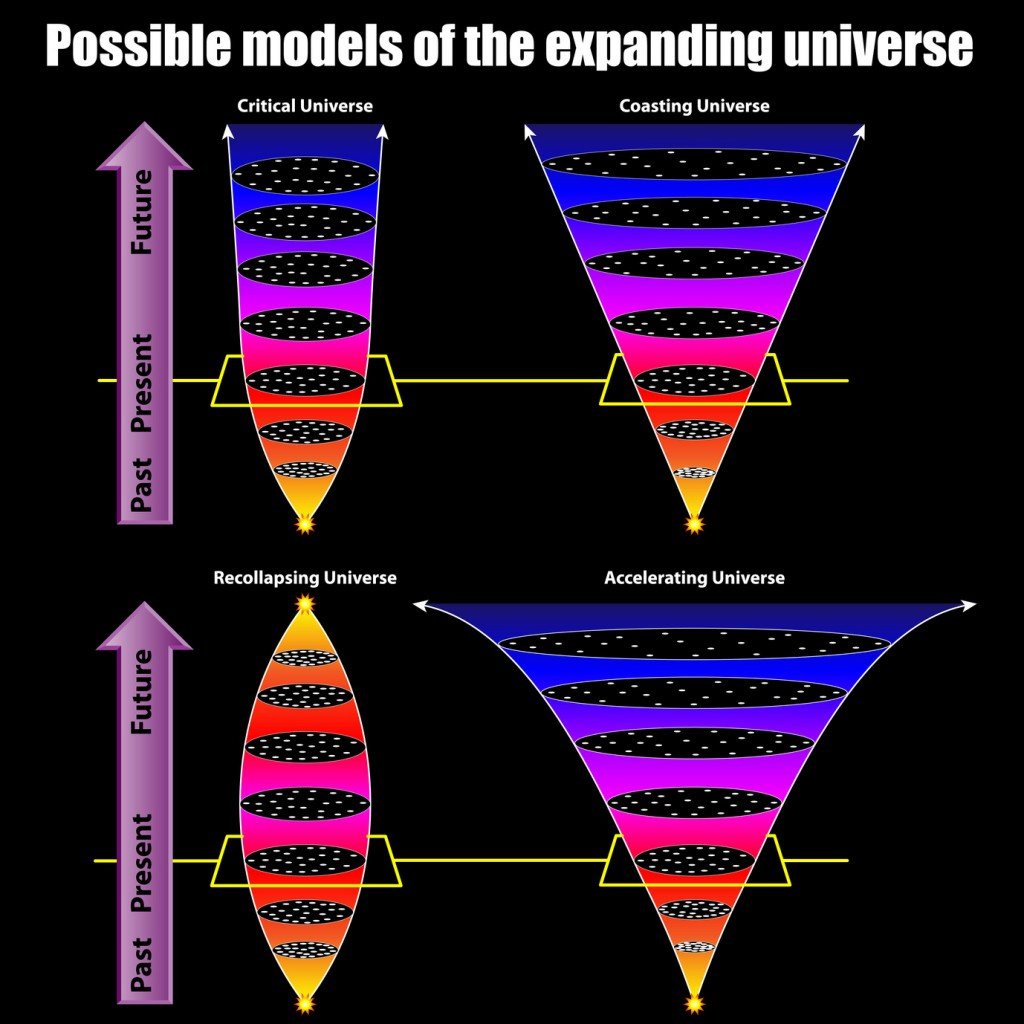
You can be sure that there will always be more questions about the Big Bang, as well as what the future holds, but we are finding more answers every year. As our technology continues to improve and our observations continue to support theory, it is becoming nearly impossible to deny the origins of Life, the universe, and everything… The Big Bang just makes sense!
References (click to expand)
- Big Bang - Wikipedia. Wikipedia
- Is it possible to point to a direction in the sky and say "that way is the center of the universe, where the Big Bang started?" If not, why not? - spaceplace.nasa.gov
- BBC Science - How do we know the Big Bang happened? - www.bbc.co.uk
- What Triggered the Big Bang? It's Complicated (Op-Ed). Space.com


